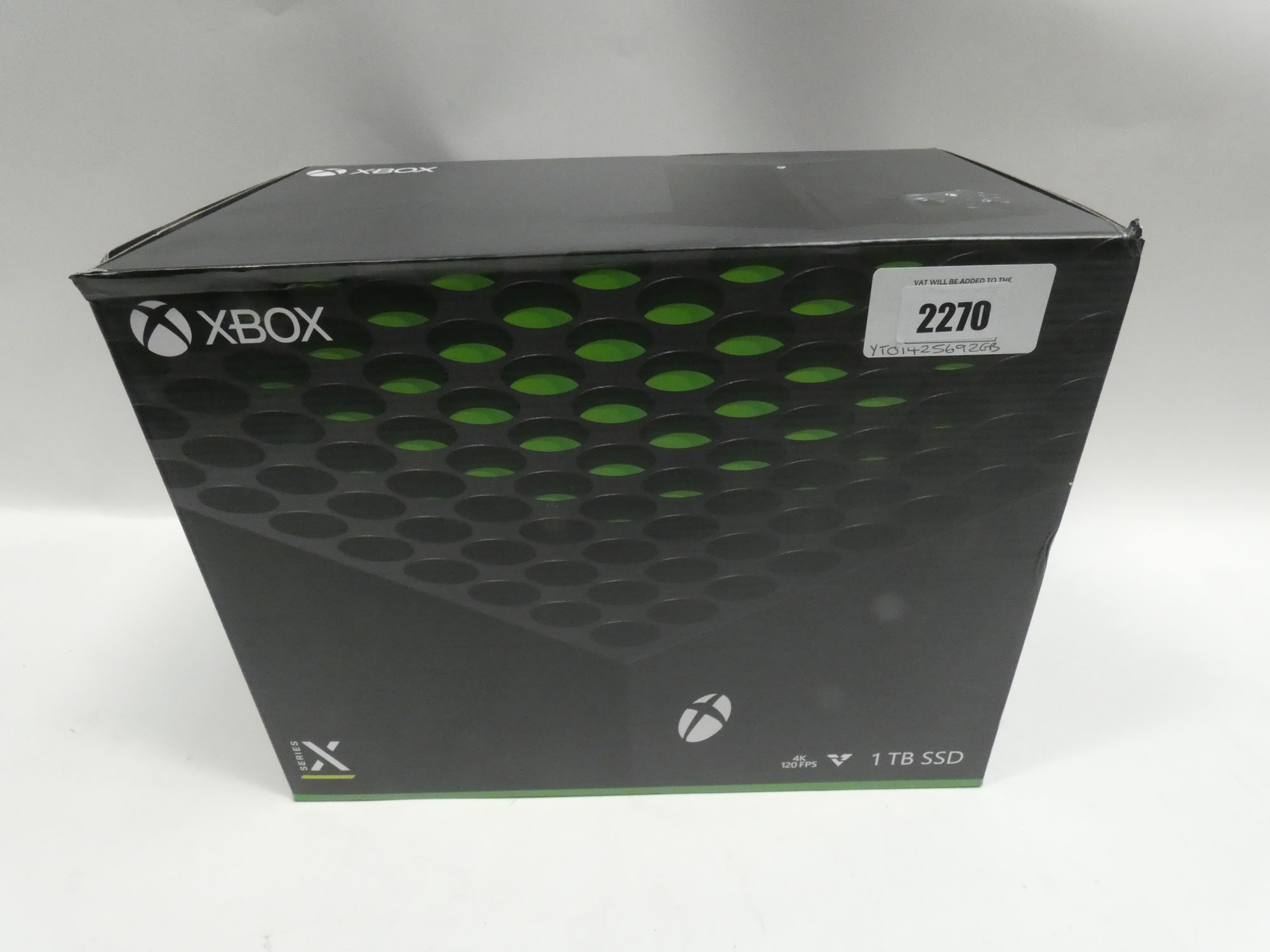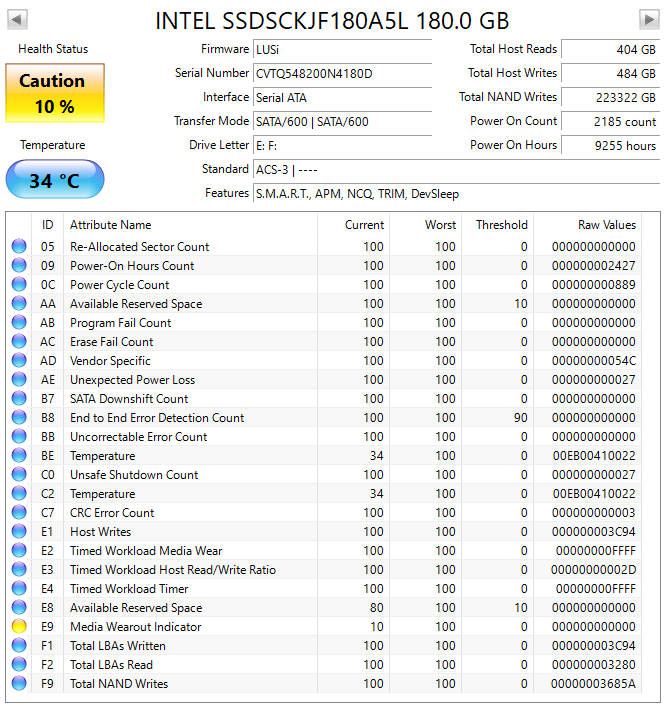
We know that 8TB development drives are in circulation but right now the largest drives on the market are 5TB and 6TB in capacity. Up to the end of 2013 the largest drive you could economically buy was 4TB in size and 3TB rapidly established itself as the best value and most popular capacity. In fact it makes better sense to store your files on your own NAS where they are safe from the prying eyes of Amazon, Google and the NSA, which means you're going to need a hefty hard drive or two.

That's a lot of money to store a few Blu-ray rips. For example Dropbox will charge you £399 a year for 500GB of storage.

There's no denying the Cloud is convenient, provided you have superb Wi-Fi or a brilliant mobile data tariff, but it is expensive. The IT industry – that's Amazon, Apple, Dropbox, Google, HP, Microsoft, Mozy and a thousand other companies – are keen to charge you for cloud storage. Did you know you can buy a 64GB Class 10 SanDisk MicroSD card for £30? These days we all own a smartphone and also wish we had an SD card slot but are instead limited to 16GB or 32GB of flash memory. Laptop users are usually limited to a single drive bay while thin and light laptop owners are hampered by fixed flash storage. There are times it seems the industry has rationed storage just to make our lives difficult and expensive. For example a 3TB Seagate Barracuda 7,200rpm desktop drive currently costs £75 inc VAT which is cheap enough to make a MacBook Air owner spit tacks. Hard drives may sound like yesterday's technology but you can buy a colossal amount of storage for very little money. Right now any self-respecting tech enthusiast is booting off a relatively expensive SSD with a hefty hard drive for their movies and other files.

In a perfect world it would be simple to sort out storage for your new PC or laptop by installing a 4TB Samsung 890 SSD at a cost of £99, and once they develop such a drive I shall be sure to buy one myself. Psst Mister, fancy buying a 5TB or 6TB hard drive? Going cheap? Well, cheapish anyway.


 0 kommentar(er)
0 kommentar(er)
